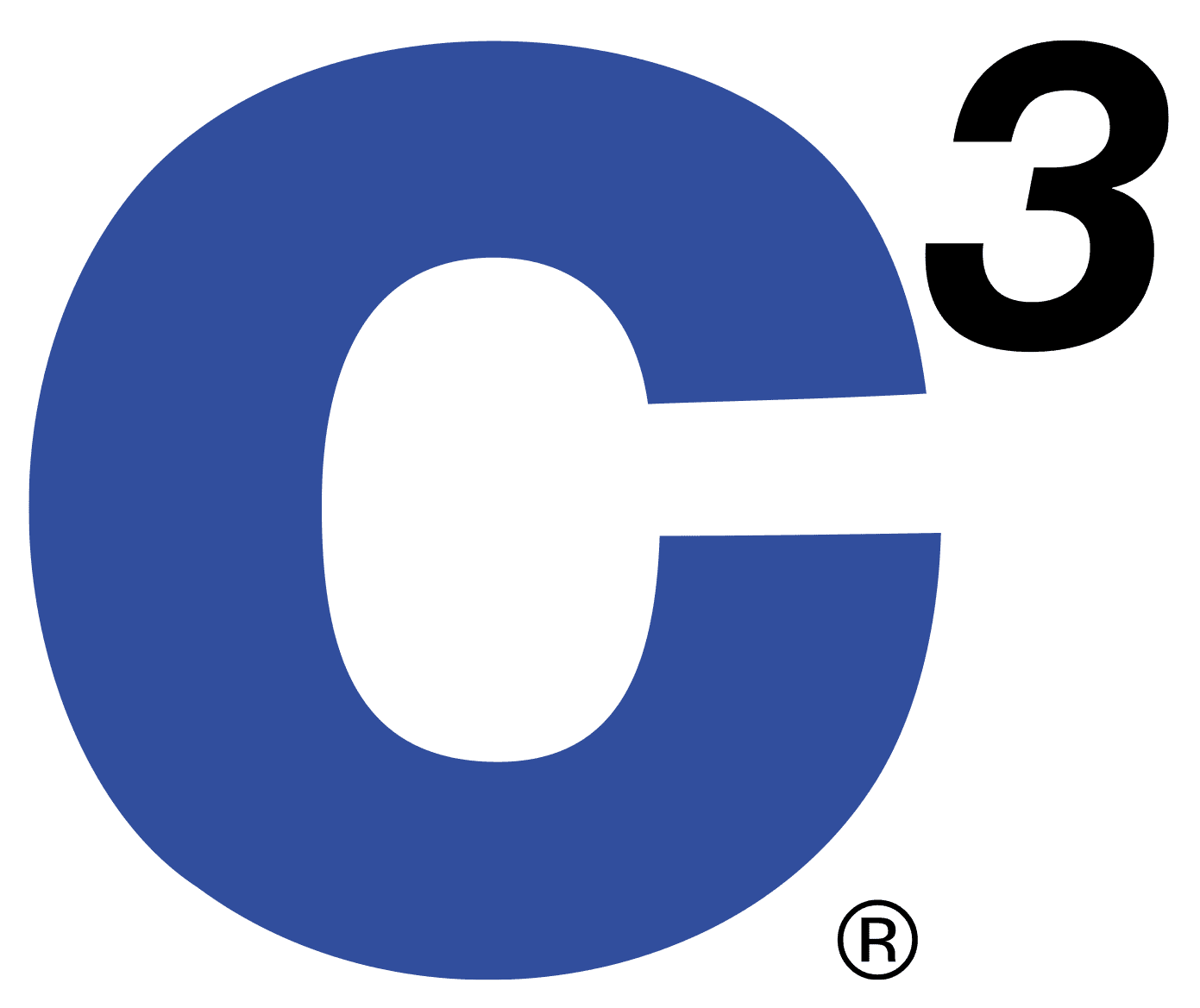Often when we talk about our compression machines, we spend a lot of time covering the technology that goes into the press and the roll cage. In order to get each mattress to fit neatly in an easy-to-ship box, though, there’s a crucial step in between compressing and rolling that requires as much care and attention to detail: the folding section.
Watch in our latest STANDOUTS video how our design folds product and holds its position through the roll cage to create a compressed, folded, and rolled package.
Why The Fold Section Matters
The fold section is key if you want to make the smallest bed-in-a-box package. Folding the mattress cuts the height dimension in half; for example, a king bed would go from 80” height to 40” height.
Finding the centerline of the product is most important because we want to make sure we’re center to make the smallest package possible. This alignment is even more critical if you are working with a pocket coil bed because we want to ensure we’re not folding on a coil itself, but a space in between the coils.

How The Fold Section Works
To create and maintain the perfect fold, this section of the machine consists of three separate pieces of equipment:
- Fold bar
- Folding lift
- Exit pusher
These components make for a robust and consistent folding system. Here’s how it works.
First, encoders on the conveyors get the product into the correct position. The fold bar comes down and settles into place at the product’s mid-point. This fold bar has variable height and pressure options that can be set by the operator, which are controlled by a three-position valve and string pots. This means that regardless of the type of foam or height of the product, you don’t have to worry about the fold bar using too much or too little pressure.
Once the fold bar is in place, the conveyor between the press and fold sections rises. This conveyor lifts up and shuttles over the product, creating the fold. The conveyor lift stays in place to securely hold the product as the exit pusher starts to push the product into the roll cage.
With the product folded and held into place at three points, the exit pusher moves forward to evenly push the product into the roll cage. The exit pusher keeps the ends square while the bar and lift keep the fold held in position all the way into the roll cage, preventing any telescoping, bulging, or pulling. All three of these components working together mean the machine never loses control of the product’s new dimensions.

Fold As Needed
Because the compression folding machine allows for variability in packaging options, you can also skip the fold step if needed. Products can be flat packed and shuttled straight through the machine, or they could be roll packed without folding, creating a full-length roll. We know that every product is different and may require different packaging needs.
It’s important when we develop our designs that we leave no part of the process to chance. What may seem like a simple fold to some is an opportunity to ensure you can create a high-quality final product that delights your end customers. Thanks to features like the fold section, you can be certain that when a customer unboxes their mattress at home, they will be impressed to see that it was packaged carefully and with finesse. Contact us today to see how your products will work with a C3 compression folding system.
